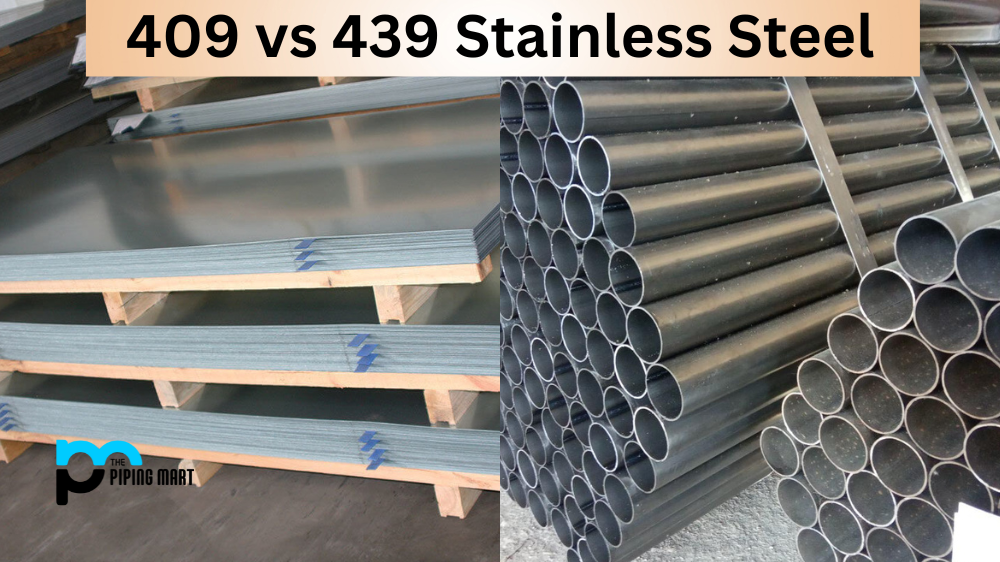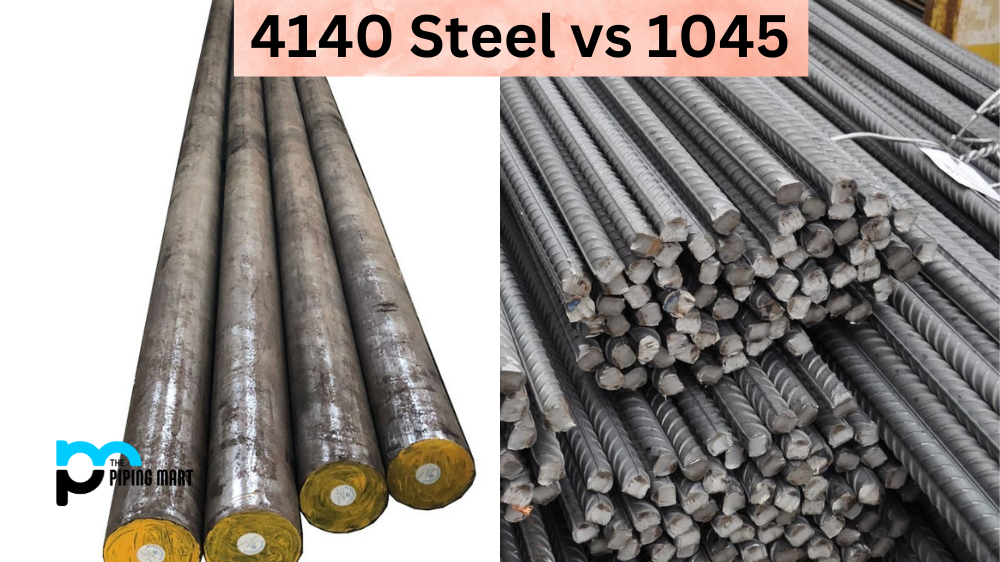Stainless steel offers many advantages over other materials, with its corrosion resistance, durability, and aesthetic appeal making it a popular choice across industries. However, not all stainless steel is created equal. When choosing between 409 and 439 stainless steel, many factors should be considered before deciding. In this blog post, we’ll look at the differences between the two types of stainless steel and explore which one may be the better option for your application.
Difference Between 409 and 439 Stainless Steel
Composition and Properties
One of the most important differences between 409 and 439 stainless steel is their composition and properties. 409 stainless steel is a chromium alloy, typically containing a minimum of 10.5% chromium. It also contains small amounts of carbon, manganese, silicon, phosphorus, and sulfur. 439 stainless steel, on the other hand, is a ferritic steel alloy containing a higher percentage of chromium (17-19%) and molybdenum (0.75%). It also has lower amounts of carbon, nickel, and nitrogen. As a result, 439 stainless steel is more resistant to corrosion and oxidation at high temperatures, making it ideal for exhaust systems. At the same time, 409 stainless steel is less expensive and corrosion-resistant.
Weldability and Formability
Another significant difference between 409 and 439 stainless steel is their weldability and formability. Due to its higher carbon content, 409 stainless steel is more brittle and prone to cracking during the welding process. It can also be more difficult to form and shape than 439 stainless steel, which is typically more ductile and has a higher elongation at break. 439 stainless steel can be formed and welded more easily without cracking, while 409 stainless steel may require preheating and careful annealing to avoid cracking.
Applications
Both 409 and 439 stainless steel find use in various applications across industries. However, 409 stainless steel is typically used in lower-stress applications, such as automotive exhaust systems and mufflers, where its lower cost and good corrosion resistance make it a great choice. 439 stainless steel, on the other hand, is often used in more demanding applications, such as furnaces, condensers, and heat exchangers, where it’s greater corrosion resistance and oxidation resistance make it a better option.
Maintenance
Finally, it’s essential to consider maintenance when choosing between 409 and 439 stainless steel. Both types of stainless steel require minimal upkeep compared to other materials, but 439 stainless steel is often easier to clean and maintain due to its superior corrosion resistance. It is less susceptible to staining, rusting, and discolouration, making it ideal for applications where the steel will be exposed to high heat, humidity, or corrosive chemicals.
Conclusion
Choosing between 409 and 439 stainless steel ultimately depends on your specific application needs and budget. While 409 stainless steel is less expensive, it may require more maintenance and upkeep than 439 stainless steel, which is typically more corrosion-resistant and easier to clean. But if cost is the primary consideration and the application involves less severe operating conditions, 409 stainless steel may be the best option. At the same time, if the application is more demanding and requires superior corrosion and oxidation resistance, 439 stainless steel is the better choice. Ultimately, carefully considering the properties, composition, weldability, and formability of these two types of stainless steel will help you decide which is right for your project.




